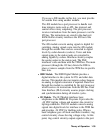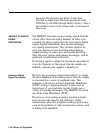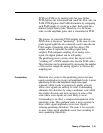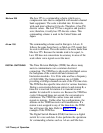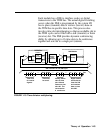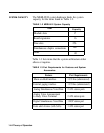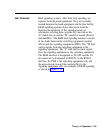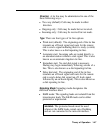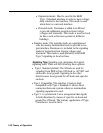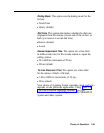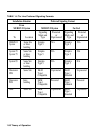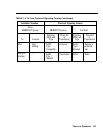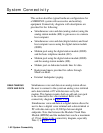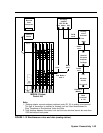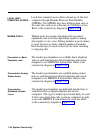
Direction
A tie line may be administered in one of the
three following ways:
●
Two-way (default): Calls may be made in either
direction.
●
Outgoing only: Calls may be made but not received.
●
Incoming only: Calls may be received but not made.
Type
There are four types of tie line options.
●
●
●
●
Wink start (default): The originating end of the tie line
transmits an off-hook signal and waits for the remote
end to send a signal indicating that it is ready (a wink).
This is also
know as
a dial repeating tie line.
Automatic start: Incoming calls are routed directly
to
an attendant station without a start signal. This is also
known as an automatic ringdown tie line.
Immediate start: No start dial signal is necessary.
Dialing may begin immediately following seizure of a
line. This is also known as a dial repeating tie line.
Delay dial start: The originating end of the tie line
transmits an off-hook signal and waits for the remote
end to send a delay dial signal (an off- hook signal
followed by an on-hook signal). This is also known
as
a dial repeating tie line.
Signaling Mode
Signaling mode designates the
electrical interface used.
●
E&M mode: The signaling leads are isolated from the
transmission leads. The E&M mode can be either
protected or unprotected.
WARNING:
The protected mode must be used
whenever the E&M leads extend out-of-building
and are not connected to the network interface.
Theory of Operation 1-47



